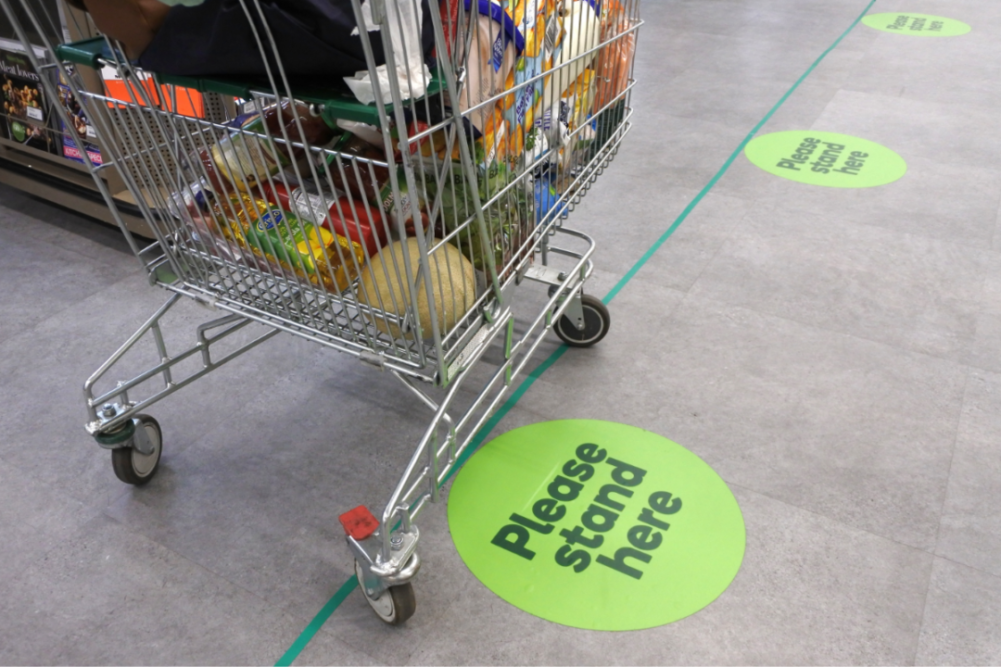SAN ANTONIO – For the past 12 months, perimeter sales have skyrocketed due to new shopping trends that have emerged during the pandemic. A year in, however, year-over-year sales from March 2021 fell far behind sales numbers from March 2020, when the pandemic first took hold.
Overall, basket sizes between March 7 and March 28, 2021, dropped 17.8% below record levels in March 2020, shows data collected by IRI and released in 210 Analytics' latest perimeter sales report. Compared to a year ago, overall perimeter sales fell below sales in 2020 by 13.6%, sales did, however, remain elevated over pre-pandemic numbers from 2019 by 12.8%.
Deli department sales on the other hand, have struggled amid the pandemic, but overall, the category still lagged March 2020 by 0.3%, and outpaced 2019 dollar sales by 9.8%. Deli-prepared has been one of the hardest hit categories during the pandemic and saw a 7.4% increase over 2020 numbers in March 2021.
“From the very start, cheese was a pandemic bestseller, whether packaged or deli cheese, as was deli meat, but deli-prepared struggled once shelter-in-place mandates ensued. While deli-prepared has made a big comeback it never quite got back to pre-pandemic levels,” said Angela Bozo, education director with IDDBA. “Of course, that means now, deli-prepared has an easier time in going up against year ago levels than meat and cheese.”
Meanwhile, in March 2020, meat department sales saw the largest gains of any grocery category. When put against that, dollar sales for the meat department in March 2021 fall 21.9% behind. Although, the numbers are still 18% above sales in 2019. Top players in the category still included fresh lamb, fresh beef and fresh pork.
“Fresh meat sales totaled $5.9 billion in March 2021, virtually unchanged from February 2021,” Roerink said. “However, in the year-over-year view, March sales went up against the biggest spikes in the history of meat retailing and fresh meat sales fell 21.9% below year ago levels. Lamb was the only one staying ahead of March 2020, at +8.2% — no doubt boosted by the earlier Easter timing and strong everyday demand.”


